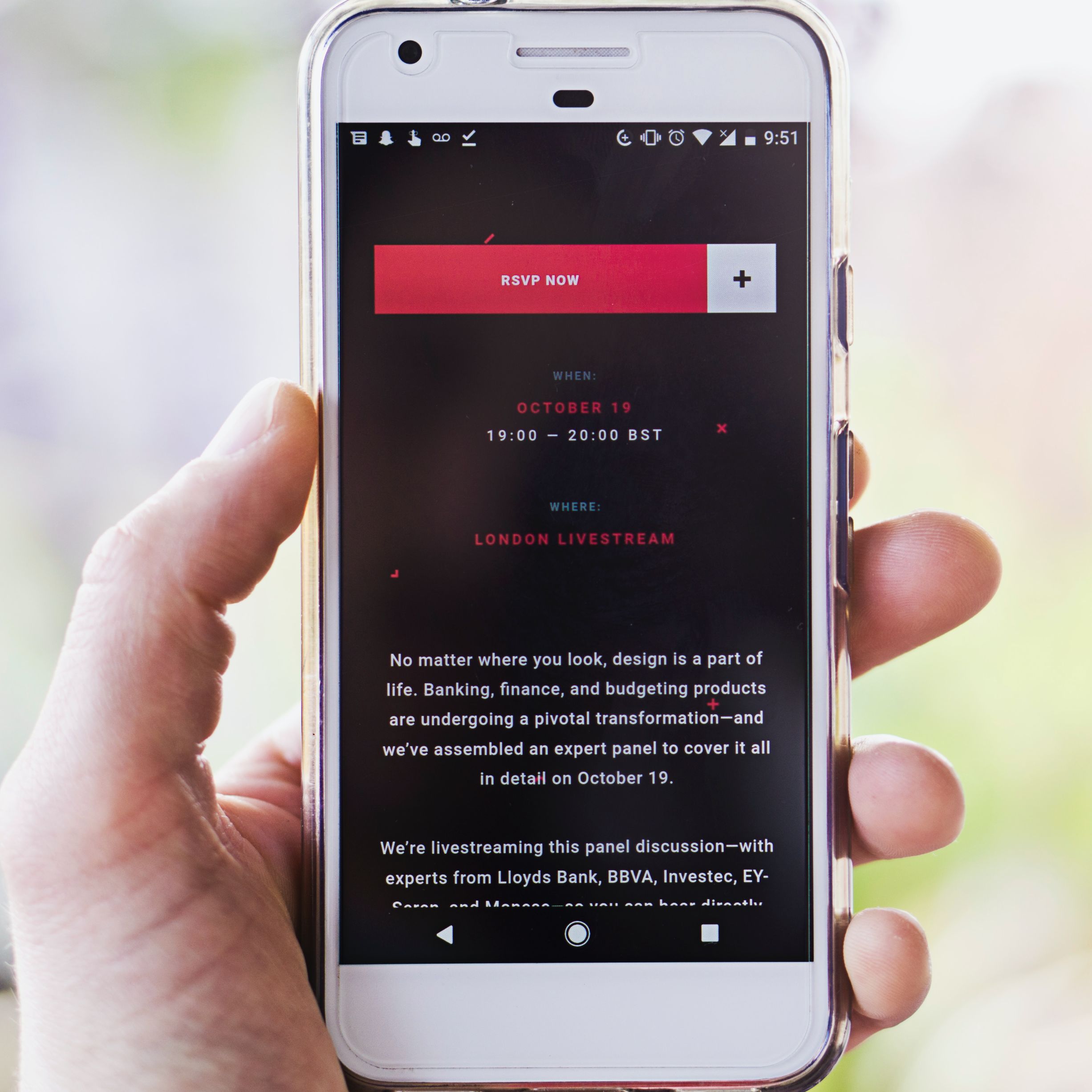Email marketing is an essential part of any business’s marketing strategy. However, there are significant differences between B2B (business-to-business) and B2C (business-to-consumer) email marketing that companies need to be aware of. Here, we will explore the differences between B2B and B2C email marketing and how businesses can tailor their email marketing strategies accordingly.
Audience and messaging
One of the primary differences between B2B and B2C email marketing is the target audience and messaging. B2B email marketing targets other businesses and professionals, while B2C email marketing targets individual consumers. So, the messaging and tone used in each type of email marketing need to reflect the audience’s needs and preferences.

B2B email marketing is typically more formal and professional, focusing on providing industry insights, research and statistics to help businesses make informed decisions. B2B emails should address specific pain points and provide solutions to the problems faced by businesses.
In contrast, B2C email marketing is more informal and personal, focusing on creating an emotional connection with individual consumers. B2C emails often use catchy subject lines, images and call-to-action buttons to capture the reader’s attention and encourage them to make a purchase.
Lead generation and sales cycles
Another significant difference between B2B and B2C email marketing is the lead generation process and sales cycle. B2B sales cycles are typically longer and more complex than B2C sales cycles, involving multiple decision-makers, procurement teams and contracts.

B2B email marketing should focus on nurturing relationships and building trust with potential clients over time. B2B emails should provide valuable content and insights to establish the company’s credibility and expertise and help potential clients make informed decisions.
On the other hand, B2C sales cycles are typically shorter and involve individuals making purchasing decisions. B2C email marketing should focus on capturing the reader’s attention, providing value and encouraging them to take immediate action, such as making a purchase or signing up for a promotion.
Design and layout
The design and layout of B2B and B2C emails are also different. B2B emails tend to have a more professional and straightforward design, with a focus on providing informative content and data. These emails should be easy to read, with a clear structure and hierarchy of information and also optimised for mobile devices, as many business professionals read emails on their phones or tablets.

B2C emails often have more visually appealing designs and are focused on eye-catching graphics and imagery to attract customers and engage them as quickly as possible. B2C emails should have a clear call-to-action button and a sense of urgency to encourage immediate action. Video content can be incredibly powerful in B2C emails, who are typically less prepared to spend time browsing sales emails and want access to the key information quickly.
Final thoughts
B2B and B2C email marketing have significant differences and it’s important to understand these differences so you can tailor email marketing strategies accordingly to effectively engage with your target audience and achieve specific marketing goals. By understanding the differences between B2B and B2C email marketing, businesses can develop more effective email marketing strategies and better engage with their target audience.


No Comments
Leave a comment Cancel